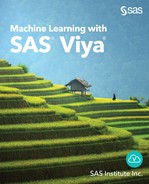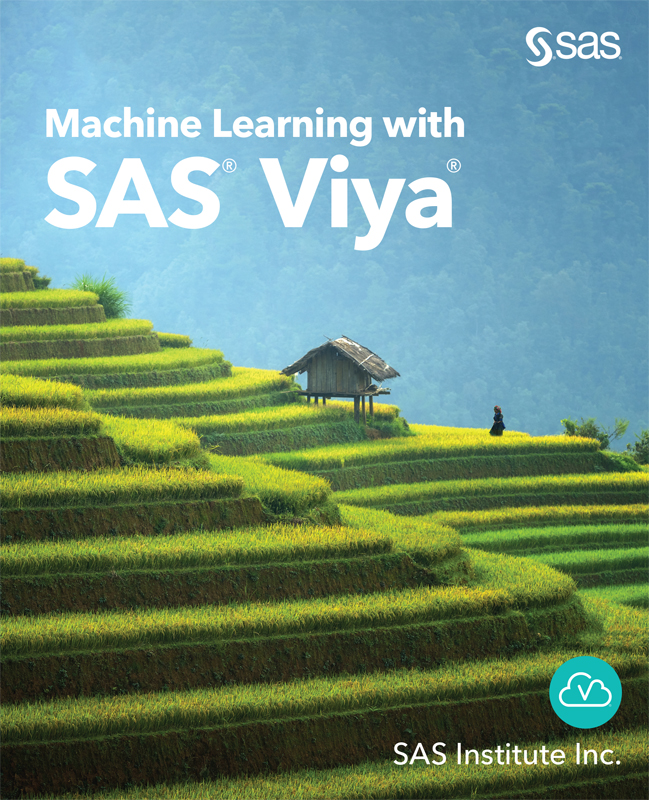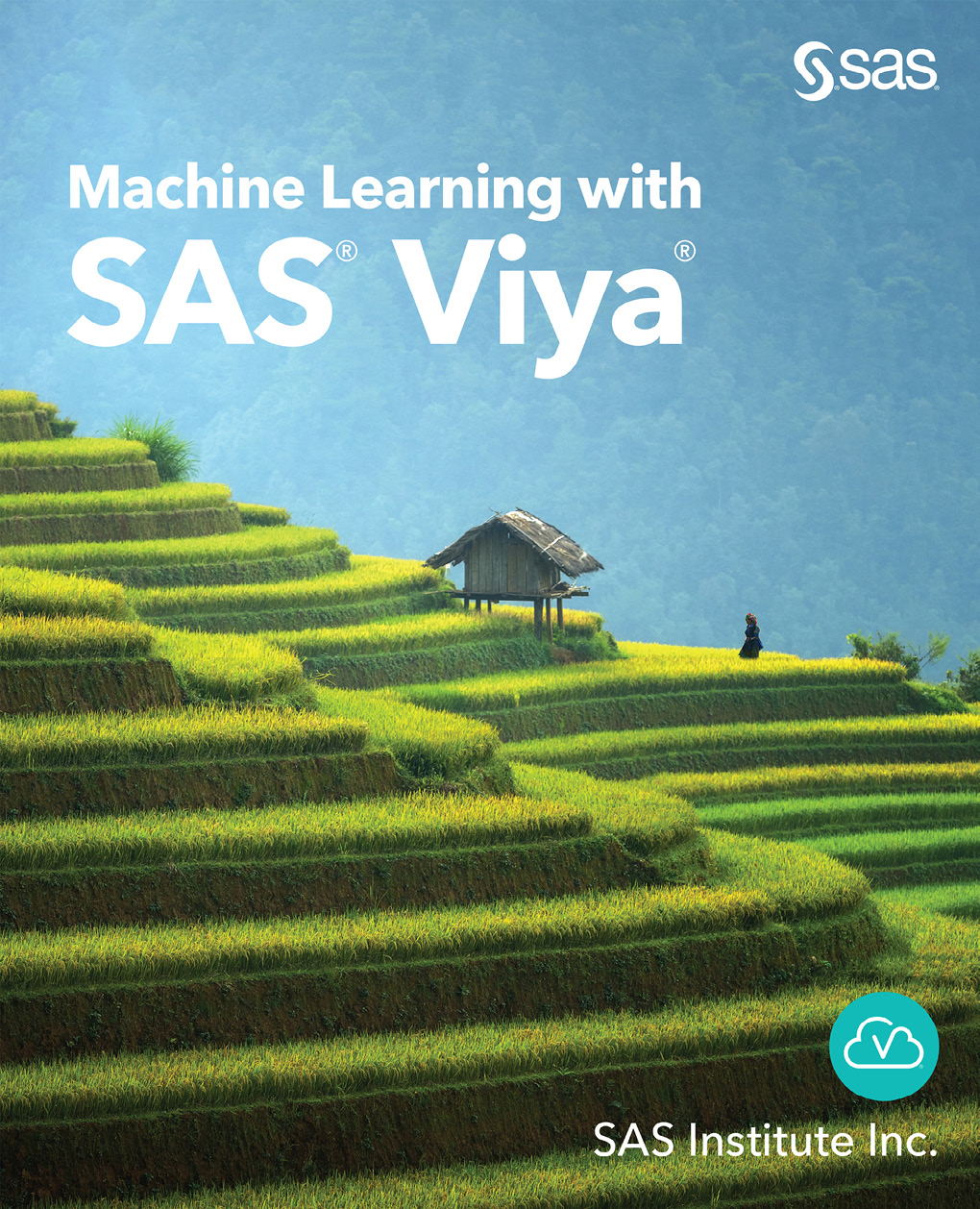Contents
The correct bibliographic citation for this manual is as follows: SAS Institute Inc. 2020 . Machine Learning Using SAS Viya . Cary, NC: SAS Institute Inc.
Machine Learning Using SAS Viya
Copyright 2020, SAS Institute Inc., Cary, NC, USA
ISBN 978-1-951685-39-3 (Hard cover)
ISBN 978-1-951685-30-0 (Paperback)
ISBN 978-1-951685-31-7 (PDF)
ISBN 978-1-951685-37-9 (EPUB)
ISBN 978-1-951685-38-6 (Kindle)
All Rights Reserved. Produced in the United States of America.
For a hard copy book: No part of this publication may be reproduced, stored in a retrieval system, or transmitted, in any form or by any means, electronic, mechanical, photocopying, or otherwise, without the prior written permission of the publisher, SAS Institute Inc.
For a web download or e-book: Your use of this publication shall be governed by the terms established by the vendor at the time you acquire this publication.
The scanning, uploading, and distribution of this book via the Internet or any other means without the permission of the publisher is illegal and punishable by law. Please purchase only authorized electronic editions and do not participate in or encourage electronic piracy of copyrighted materials. Your support of others rights is appreciated.
U.S. Government License Rights; Restricted Rights: The Software and its documentation is commercial computer software developed at private expense and is provided with RESTRICTED RIGHTS to the United States Government. Use, duplication, or disclosure of the Software by the United States Government is subject to the license terms of this Agreement pursuant to, as applicable, FAR 12.212, DFAR 227.7202-1(a), DFAR 227.7202-3(a), and DFAR 227.7202-4, and, to the extent required under U.S. federal law, the minimum restricted rights as set out in FAR 52.227-19 (DEC 2007). If FAR 52.227-19 is applicable, this provision serves as notice under clause (c) thereof and no other notice is required to be affixed to the Software or documentation. The Governments rights in Software and documentation shall be only those set forth in this Agreement.
SAS Institute Inc., SAS Campus Drive, Cary, NC 27513-2414
May 2020
SAS and all other SAS Institute Inc. product or service names are registered trademarks or trademarks of SAS Institute Inc. in the USA and other countries. indicates USA registration.
Other brand and product names are trademarks of their respective companies.
SAS software may be provided with certain third-party software, including but not limited to open-source software, which is licensed under its applicable third-party software license agreement. For license information about third-party software distributed with SAS software, refer to http://support.sas.com/thirdpartylicenses .
About This Book
What Is This Book About?
The focus of this book is to explore data using SAS Viyathe latest extension of the SAS Platformto build, validate, and deploy models into production to augment business decision making. We call this the analytics life cycle. This is at the heart of the SAS Platform, and it is a series of phases: Data, Discovery, Deployment , with the goal to extract value from raw data.
Analytics Life Cycle
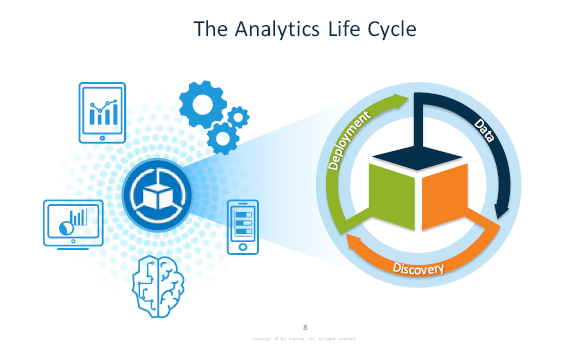
SAS Drive is a common interface for the SAS Viya applications that supports all three phases of the analytics life cycle. It enables you to view, organize, and share your content from one place.
Screen Shot of SAS Drive
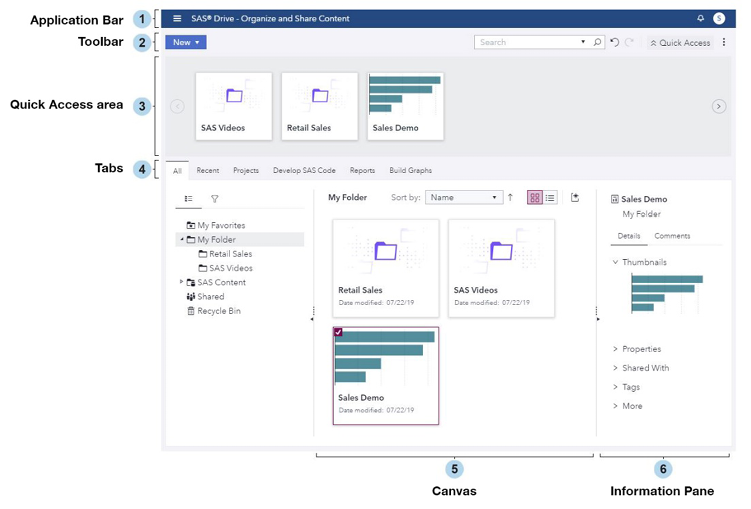
SAS Drive is available from the Applications menu in the upper left. The displayed tabs depend on the products that are installed at your site. This book focuses on the Build Models action that launches Model Studio pipelines.
What Is Required to Create Good Machine Learning Systems?
In most business problems, you need to go from data to decisions as quickly as possible. Machine learning models are at the heart of critical business decisions. They can identify new opportunities and enable you to manage uncertainty and risks. To create these models, you need to wrangle your data into shape and quickly create many accurate predictive models. You also need to manage your analytical models for optimal performance throughout their lifespan. All good machine learning systems need to consider the following:
Data preparation
Algorithms
Automation and iterative processes
Scalability
Ensemble modeling
In this book, we will illustrate each of these processes and how to do them using SAS Model Studio. We will also present just enough theory so that you can understand the techniques and algorithms used enough to be able to choose the correct model for each business problem and fine-tune the models in an efficient and insightful way.
Is This Book for You?
Building representative machine learning models that generalize well on new data requires careful consideration of both the data used for the model to train, and the assumptions about the various training algorithms. It is important to choose the right algorithm for both the data that you will be modeling and the business problem that you are trying to solve.
SAS graphical user interfaces help you build machine learning models and implement an iterative machine learning process. You dont have to be an advanced statistician. The comprehensive selection of machine learning algorithms can help you quickly get value from your big data and are included in many SAS products.
What Should You Know about the Examples?
This book includes worked demonstrations and practices for you to follow to gain hands-on experience with SAS Model Studio.
Software Used to Develop the Books Content
Model Studio is included in SAS Viya. It is an integrated visual environment that provides a suite of analytic data mining tools that enable you to explore and build models. It is part of the Discovery phase of the analytic life cycle. The data mining tools provided in Model Studio enable you to deliver and distribute analytic model data mining champion models, score code, and results. Model Studio contains the following SAS solutions:
SAS Visual Forecasting
SAS Visual Data Mining and Machine Learning
SAS Visual Text Analytics
The visual analytic data mining tools that appear in Model Studio are determined by your sites licensing agreement. Model Studio operates with one, two, or all three of the web-based analytic tools as components of the software.
Model Studio comes with SAS Data Preparation. SAS Data Preparation is a software offering that adds data quality transformations and other advanced features. There are several options that enable you to perform specific data preparation tasks for applications, such as SAS Environment Manager, SAS Visual Analytics, Model Studio, and SAS Decision Manager. You can perform some of the basic data preparation tasks through Model Studio, as we will describe in this book.
Example Code and Data
The data sets used in the books demonstrations and practices are provided to download.

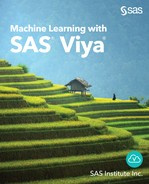
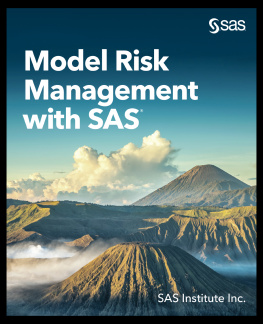
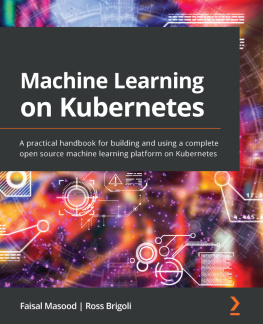
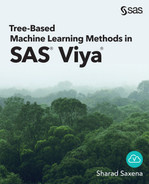
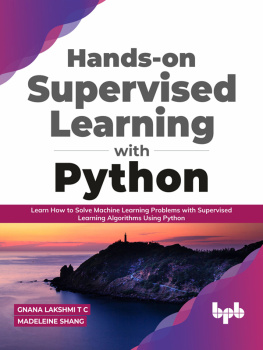
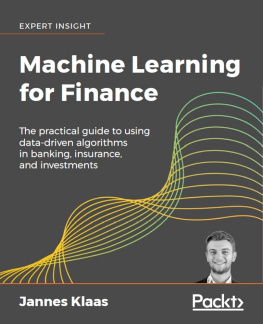
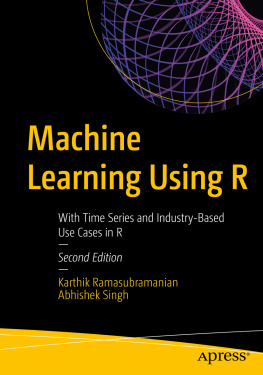
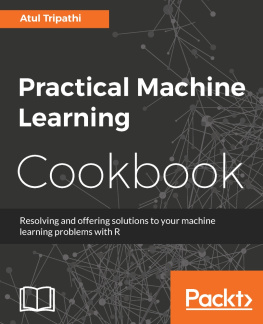
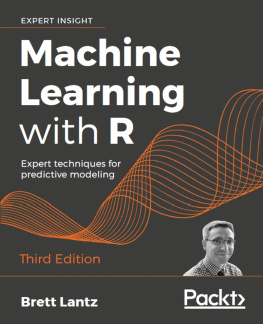
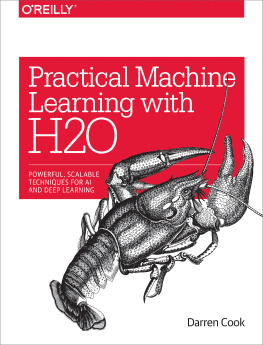
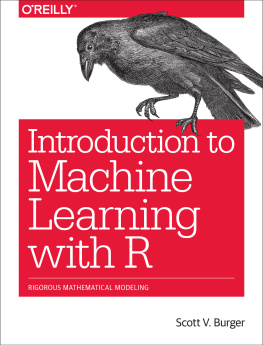
![Daniel D. Gutierrez [Daniel D. Gutierrez] - Machine Learning and Data Science: An Introduction to Statistical Learning Methods with R](/uploads/posts/book/119585/thumbs/daniel-d-gutierrez-daniel-d-gutierrez-machine.jpg)

